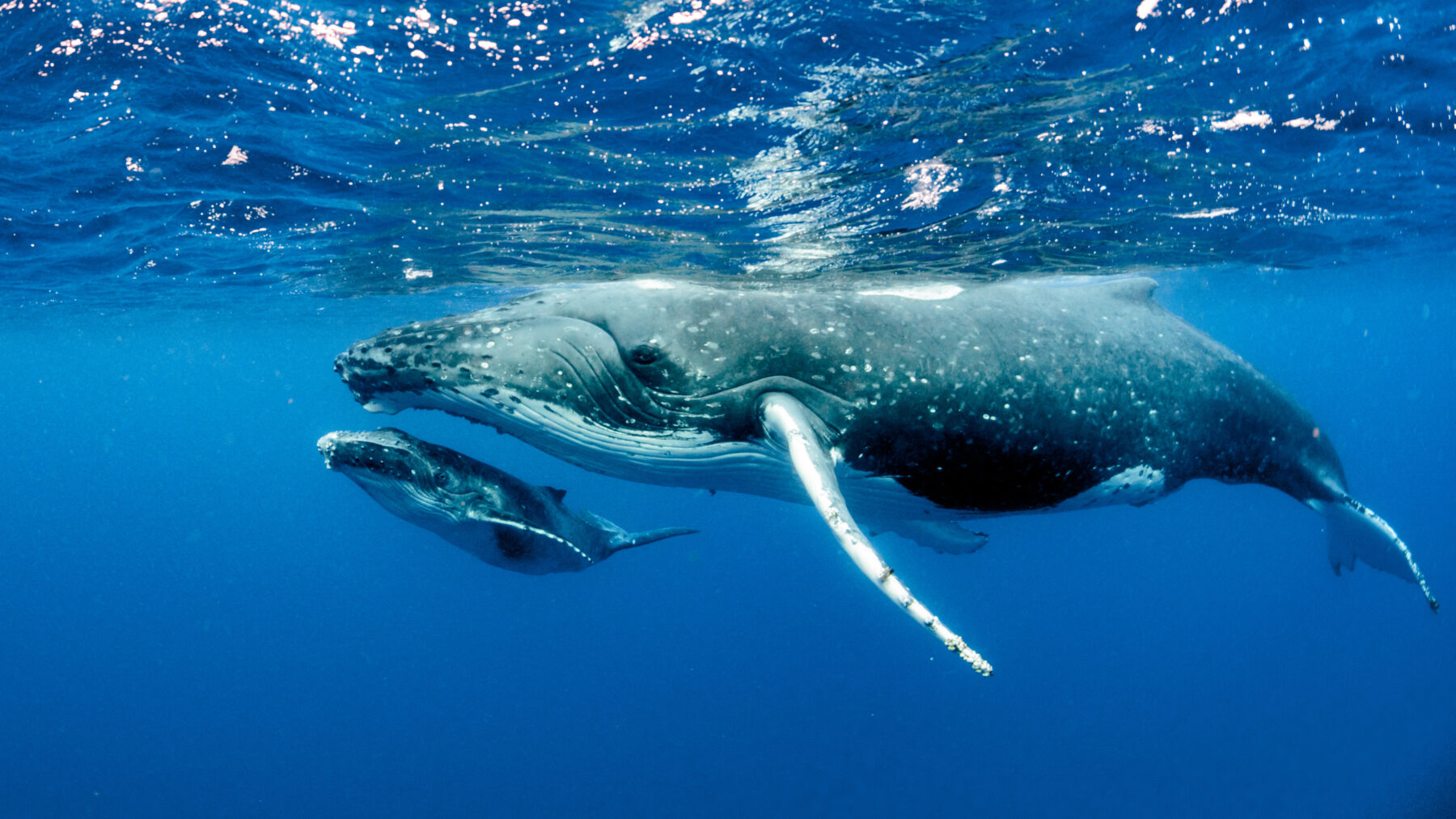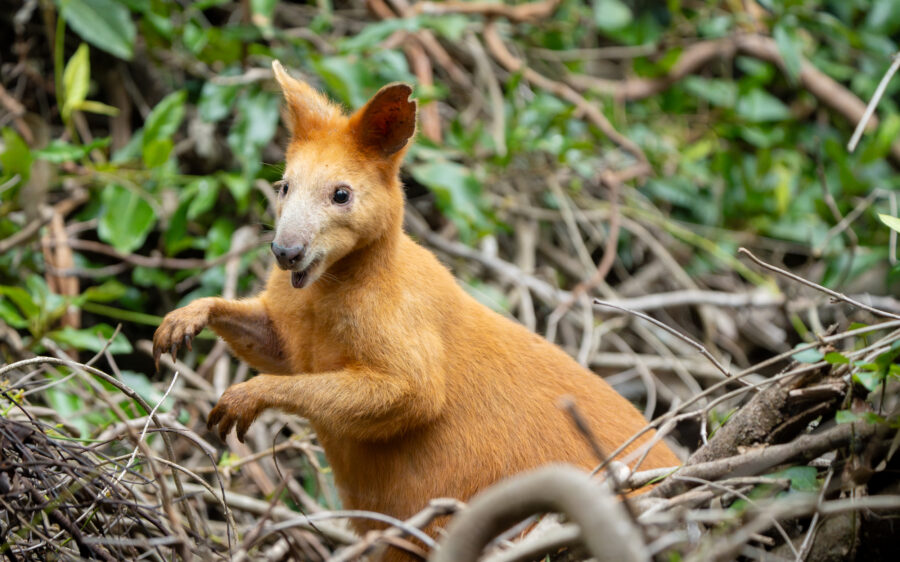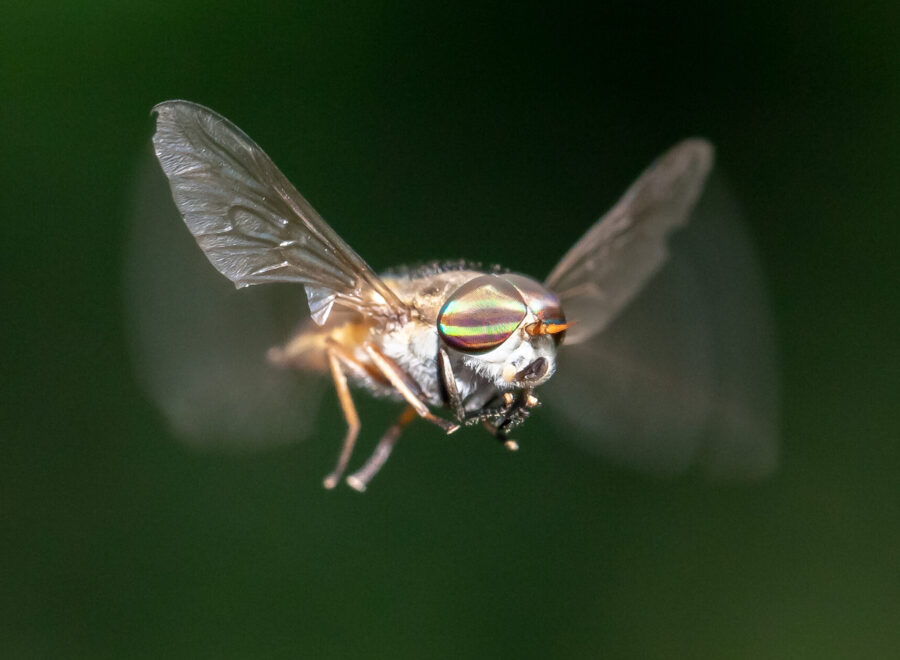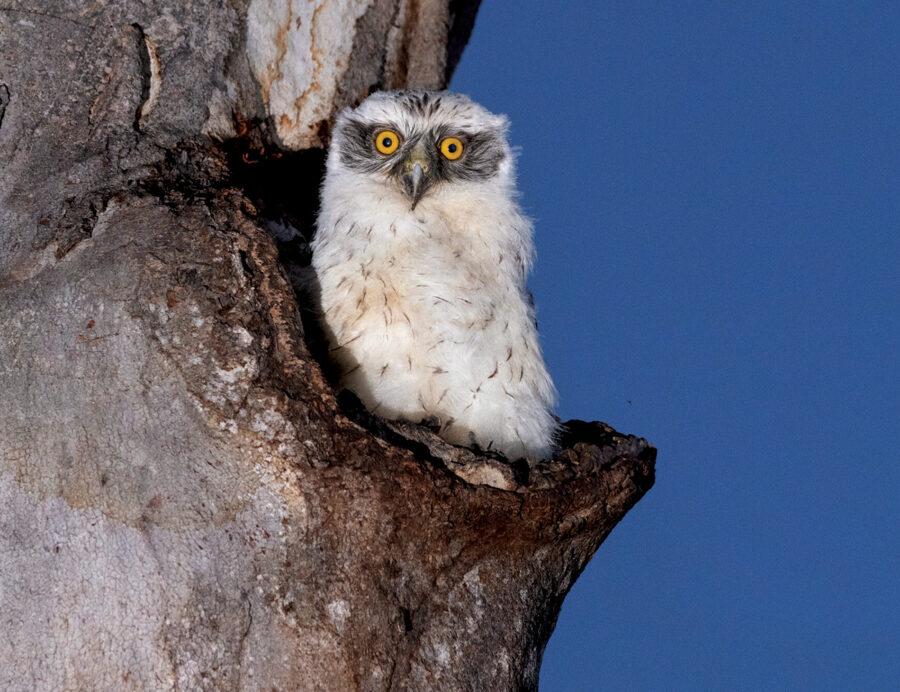Pack your bags, we’re hitting the humpback highway

Bec Crew
Bec Crew

Each humpback whale (Megaptera novaeangliae), hauls some 40 tonnes (give or take) of muscle and blubber from the icy waters of Antarctica to the warm coastal waters of eastern Australia – an almost 20,000km round trip spanning below-freezing water temperatures to a balmy 23°C.
But why would humpbacks (Megaptera novaeangliae), which are notoriously slow swimmers, travel so far from home every single year? Oh, and did we mention they don’t even eat for the entire journey?
Food isn’t what’s motivating these gentle giants to hit the humpback highway; babies are.
For most of the year, the waters of Antarctica offer humpback whales an all-you-can-eat buffet. They spend the summer gorging on boatloads of krill, small fish and crustaceans, building up thick blubber reserves to fuel them through the leaner months ahead.
And they sure are lean. When the Southern Ocean waters grow extra cold around April or May, the krill disappear, leaving the whales with a whole lot less food and some pretty miserable conditions for birthing and raising a pup. So, the whales set off for the warmer waters up north.

The journey will take them three months, with the young, eager males up front hoping to call dibs on mating honours when they get there. The pregnant females will slowly bring up the rear – some even giving birth on the way, which of course slows them down even more. (And if humpback toddlers are anything like human toddlers, they can expect to arrive sometime around Christmas!)
It’s not an easy trek for the humpbacks. The route isn’t a straight shot, and feeding along the way just isn’t feasible. That’s where the whales’ strategic thinking comes into play. After gorging on Antarctic delicacies all summer, by winter they’ve developed a healthy, extra-thick layer of blubber that will sustain them for the entire journey.
It’s all worth it once they get to the sheltered coastal waters of places such as Eden, Byron Bay and Hervey Bay, where they can birth and rear their pups in peace.
What’s a giant, blubbery colossus like a humpback whale scared of, you might ask? Orcas – the stone-cold assassins of the sea. In fact, what’s brilliant about the humpback’s migration strategy is that scientists think it might also help them to escape predation by orcas. They can defend themselves – and more importantly, their pups – against orca attacks more easily in shallow, warm waters compared with the deep, cold water of the Southern Ocean that orcas prefer.
Oddly enough, humpbacks are also known to protect other species from orca attacks. Either by accident or from sheer desire to spoil any orca hunt in their vicinity, humpback whales have been recorded shielding seals and other animals from orcas and driving them away. It’s like they say: a journey is best measured in friends, rather than miles.





